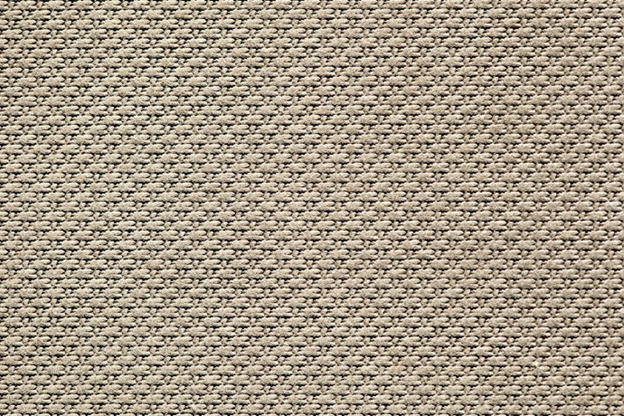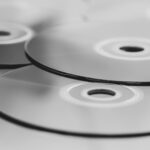Introduction to Tweed Fabric
Step into the world of timeless elegance and sartorial sophistication with tweed fabric. This iconic textile has been a staple in fashion for centuries, known for its durability, versatility, and undeniable charm. From its humble beginnings in the Scottish Highlands to gracing the runways of top designers today, tweed fabric carries a rich history that is woven into every thread. Join us as we unravel the fascinating origins and evolution of this remarkable material, exploring its different types, traditional uses, and tips for care and maintenance.
Origins of Tweed Fabric
In the 18th century, tweed started gaining popularity among the aristocracy as an attire for hunting and outdoor activities. Its sturdy nature made it ideal for withstanding rough terrain and unpredictable climates. The distinctive patterns and colors found in tweed were often inspired by the natural surroundings, such as heather-covered moors or mossy hillsides. The name “tweed” itself has an interesting origin. Legend has it that a London merchant misread “tweel,” which means twill in Scots dialect, as “tweed.” This fortuitous mistake led to the adoption of this now-famous term. Today, tweed continues to be celebrated for its timeless appeal and association with traditional Scottish culture. It has evolved beyond its practical roots into a fashion statement embraced worldwide. Designers incorporate tweed into various garments like suits, jackets, skirts, hats, and accessories.
Different Types of Tweeds
Tweed fabric is renowned for its versatility and durability, making it a popular choice across various industries. Its unique texture and intricate patterns have led to the development of different types of tweeds, each with its distinct characteristics.
- Harris Tweed: The most well-known variety of tweed is likely Harris Tweed. Originating from the Outer Hebrides in Scotland, Harris Tweed is handwoven by skilled artisans using traditional methods. It boasts vibrant colors and complex designs, making it highly sought after for clothing and accessories.
- Donegal Tweed: Another notable type is Donegal Tweed, hailing from County Donegal in Ireland. Known for its flecks of contrasting colors woven into the fabric, Donegal Tweed adds depth and visual interest to garments. It has a rugged yet sophisticated look that appeals to both men and women.
- Cheviot tweed: Cheviot tweed derives its name from the hardy Cheviot sheep found in the Scottish borders region. This type of tweed is characterized by its smooth finish and lightweight feel, making it ideal for tailored suits or jackets.
- Shetland Tweed: Shetland Tweed comes from the Shetland Islands in Scotland and features a soft yet sturdy texture due to the use of Shetland wool. It often incorporates earthy tones inspired by nature’s palette on these islands.
- Yorkshire Tweed: Yorkshire Tweed originates from Yorkshire County in England known for producing high-quality textiles since ancient times. Yorkshire tweeds are typically heavier than other types but offer excellent warmth and durability suitable for outerwear like coats or blankets.
Traditional Uses for Tweed Fabric
Tweed fabric has a rich history and is renowned for its durability and versatility. Over the years, it has been used in various traditional ways that showcase both its practicality and aesthetic appeal.
- Creation of Tailored Suits: One of the most iconic uses of tweed fabric is in the creation of tailored suits. Its dense weave and warmth make it an ideal choice for suits, especially in colder climates. Not only does a tweed suit exude sophistication, but it also provides excellent insulation against chilly winds.
- Used to Create Outerwear: In addition to suits, tweed is often used to create outerwear such as jackets and coats. The rugged nature of tweed makes it perfect for braving harsh weather conditions while still looking stylish. From classic pea coats to elegant overcoats, tweed adds a touch of timeless elegance to any outerwear piece.
- Making of Skirts and Dresses: Another traditional use of tweed fabric is in the making of skirts and dresses. Whether paired with cozy tights or worn on its own during warmer months, a tweed skirt or dress can effortlessly transition from day to night. It’s no wonder that many fashion-forward individuals embrace this fabric for their wardrobe staples.
Care and Maintenance for Tweed Fabric
Taking proper care of your tweed fabric is essential to ensure its longevity and keep it looking its best. Here are some tips to help you maintain your tweed garments:
- Regular Brushing: Tweed fabric tends to attract dust and lint, so brushing it regularly with a soft-bristled garment brush can help remove any surface debris.
- Spot Cleaning: In case of spills or stains, it’s important to address them promptly. Blot the stain gently with a clean cloth or sponge, using mild soap or detergent mixed with water if necessary. Avoid rubbing too hard because doing so can harm the fibers.
- Dry Cleaning: Due to its delicate nature, tweed fabric is best cleaned by professionals who specialize in handling wool fabrics. Take your tweed items to a reputable dry cleaner experienced in dealing with delicate materials like tweeds.
- Storing Properly: When not in use, store your tweed garments in a cool, dry place away from direct sunlight and humidity. Use protective covers or garment bags to prevent moths from damaging the fabric.
Also Read: The Insomnia Breakthrough: Unveiling the Secret Mattress that Guarantees Perfect Sleep!
Conclusion
Tweed fabric has a rich history and timeless appeal that continues to captivate fashion enthusiasts and designers alike. From its humble beginnings in the Scottish Highlands to its global popularity today, tweed has evolved into a versatile textile renowned for its durability, warmth, and distinctive patterns. Whether you’re sporting a classic Harris Tweed blazer or incorporating tweed accents into your home decor, this fabric effortlessly adds an element of sophistication and tradition. Its ability to adapt to different styles and occasions makes it a beloved choice for both formal wear and casual attire.















